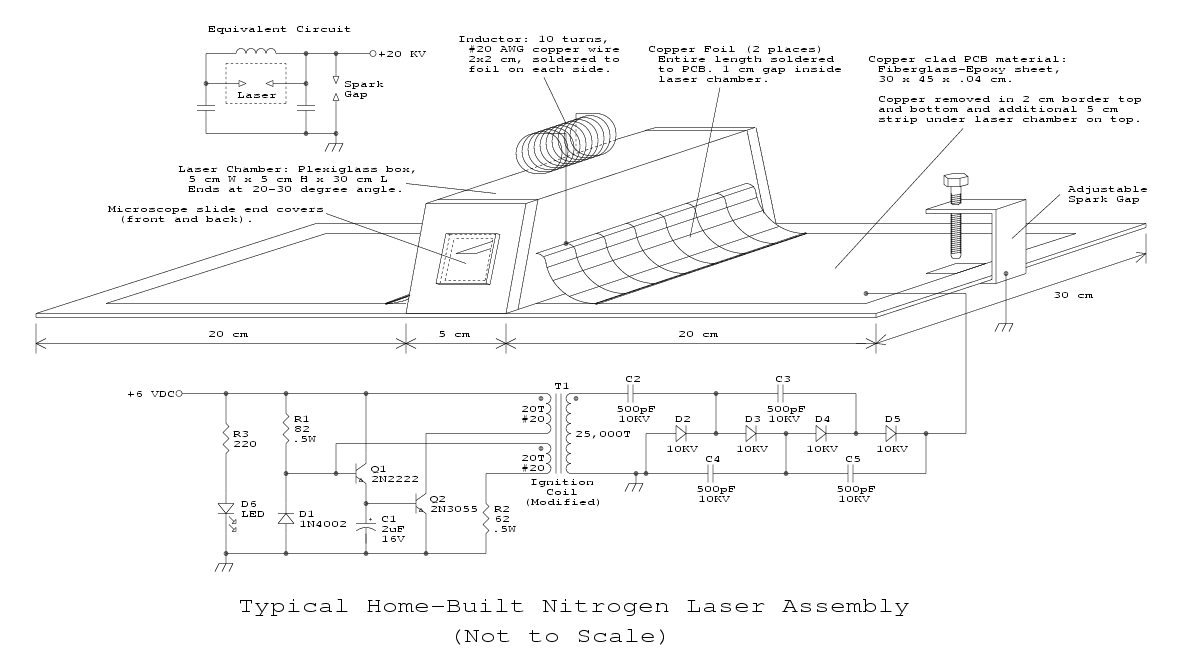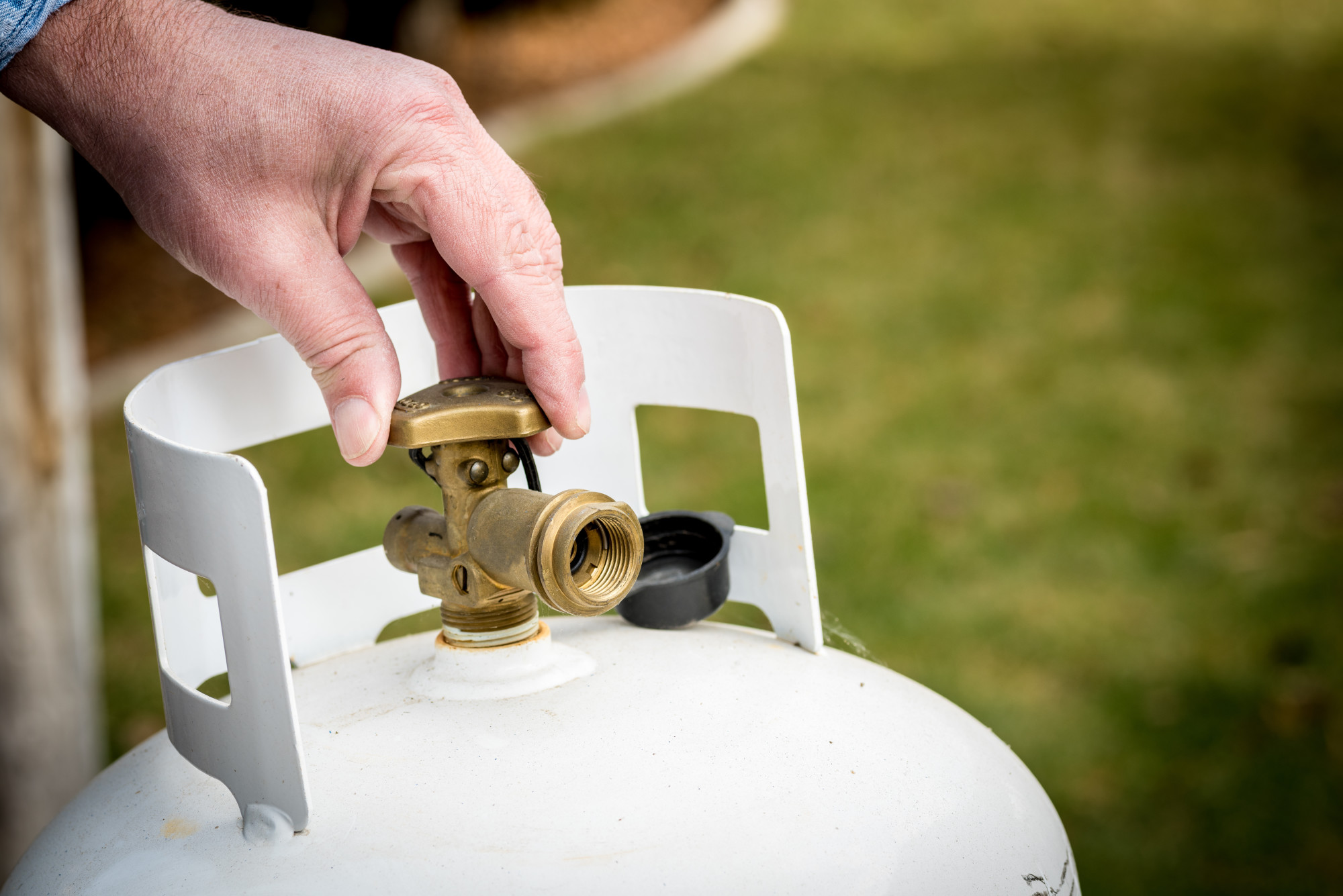The Solid State K-capture Generator is a computer controlled system that utilizes the “K-Capture” principle to create electrical energy.
K-capture has been known to give off tremendous amounts of energy but no one had discovered a way to control the energy. The K-capture Generator does this and may prove to be one of the greatest source of energy discovered.
非屏蔽,它确实发出X射线粒子。
The prototype models (for manufacturing) were expected to produce a constant electrical current of at least 50kw and was predicted to handle surges and heavier loads of over 200kw for one to two hours before it heated up to a temperature that would automatically shut the power off. If this were to occur, there would be no harm sustained by the unit, but would have to be restarted when the unit’s temperature lowers to approximately 60 F.
Most American homes average 5 to 7 kw per day. However, a 100% electrically powered house could have peak usage of up to 35kw. With normal power usage, 50kw could handle from three to ten homes, depending on size and peak demand. Very few small commercial operations would ever require more than 50kw to supply their needs, if more power is required an additional unit or units could be added. Each one would operate as a standby unit and supply the required power without losing power as each one began its operation.
一个单元测量大约2'x 2'x 6',但在将组件零件装配在一起时,也可以通过使用不同的配置来进行更小。
在标准的基础上,该装置通常提供5kW的AC电源和45kW的直流电源。这可以通过使用外部逆变器,变压器等来改变。
据估计,在正常情况下,所用燃料将持续超过100万年。然而,由于它确实使用其他非移动部件,因此预计将在计算机控制,二极管,电容器等中具有故障。当这种情况发生时,需要更换,并且必须重新启动该单元。
启动单位需要120伏,400瓦可用的电源是在“必要处”的基础上,如果所有电源关闭,则对该单元没有危害。
本文所述的理论通过K捕获产生无线电核素来用作电源。
通过产生高强度紫外线突发来引起达到该目标的方法,以引起锂同位素6中的K电子的不规则条件,产生k捕获的条件。
用氮激光产生紫外线突发。已知在一段时间内,氮气中的高压放电和高电流放电将产生3,371埃的相干辐射脉冲。激光动作遇到在放电中移动的电子,吸收其能量。遭遇在不稳定状态下留下分子。它通常通过在3,371埃处发射光子来降低能量的状态。
光子可能遇到其他激发的分子,导致它们在锁定步骤中发射它们的能量与遇到的光子。所得到的辐射脉冲具有每种光子的能量。这是激光动作。
只要沿着路径存在激动的分子,该过程仍在继续。这种过程很快停止,因为当大量分子兴奋时,它们随机开始随机级联,以便较低的能量状态。
The numbers of molecules at lower 1evels build up rapidly, eventually exceeding those at upper levels and terminating the amplification.
The laser quickly turns itself off even though there are excited molecules left behind. The turn off time is fast, usually less than ten-nanoseconds.
Inducing laser action in nitrogen is dependent on constructing a mechanism that will instantaneously send a huge current of electrons at high voltage laterally through a column of the gas at a pressure of about 100 torr.
可以处理纳秒内成千上万安培的适当的切换机构,原则上和施工都非常简单。
No laser mirrors are needed, the optical gain of the rapid discharge is so large that the emission becomes super-radiant, that laser action takes place without an optical cavity.

紫外线激光器可以缩放到更高的功率。一米长的排放路径将开发出近1000万瓦的输出PU1SE。输出从激发气体柱的两端发射,但一端的镜子在另一端的电源下降。
K-CAPTURE TECHNICAL INFORMATION
In some instances, where the ratio of neutrons to protons is low, a type of decay has been found to exist. Where a proton is converted to a neutron in the nucleus by the capture of one of the extra nuclear electrons, with a neutrino being formed at the same time. The product of this type of radioactivity would have the same number as its parent, but its atomic number would be one unit lower.
The phenomenon described is referred to as a decay by electron capture. The electron is captured usually from the K level, or first quantum level, for such an electron is likely to be found near the nucleus; consequently, the expression K-electron capture, or K-capture is often employed. Instances of an electron being captured from the second quantum level, or L level, is not unknown although they are not common. The possibility of electron capture was predicted by the Japanese mathematical physicists H. Yukawa and S. Sakata in 1936. Proof of its reality was obtained in the United States by L. W. Alvarez in 1938.
The detection of K-capture is dependent on the fact that the removal of a K-electron leaves a hole in the K quantum level. An electron from a higher quanta level will move in to fill the position, with the excess energy being emitted as a characteristic X-ray. Since K-capture precedes the electrons’ transition and the emission of X rays, the X-ray will be the characteristic of the product nucleus with an atomic number one unit less. A case of this is Vanadium Isotope-49. The decay was found to be accompanied by the characteristic X-rays of the K series of the element of titanium. It is evident that Vanadium-49 decays by K-capture.
When a Lithium-6 atom encounters an ultraviolet photon adding enough energy to cause a K-capture, its atomic number is changed and becomes a Helium-6 atom. Helium-6 is a radio nuclide having a beta emission of 3.58 MeV. No other radiation is present except for a characteristic X-ray of Helium.
Beta particles are captured in a magnetic field and stored in a capacitor bank before using their energy to do work.
The number of reactions needed to produce a sizeable current flow is small.
In the terms of energy needs, the usefulness of this process is clear.

Disclaimer:
I did not write this article… I only edited it for clarity. Nor have I seen this device working. However, I did speak with a person at the 1998 Exotic Research Conference from Utah who had claimed to have built this type of device with a few of his associates. This guy stated that they did not know how to convert the x-rays to electricity. He said that the device was very dangerous and hard to control. It was also stated to have wiped out computer hard-drives within a few blocks of the operating device. This posted article seems to answer the conversion problem.
I have no other information on this device at this time. If I had the time I would set-up this device and use a lithium niobate crystal as the target. I would also use electrodes that generate a thermoelectric effect when heated. If any of you have a nitrogen laser this device should be easy enough to validate. Please share your results with the rest of us.









